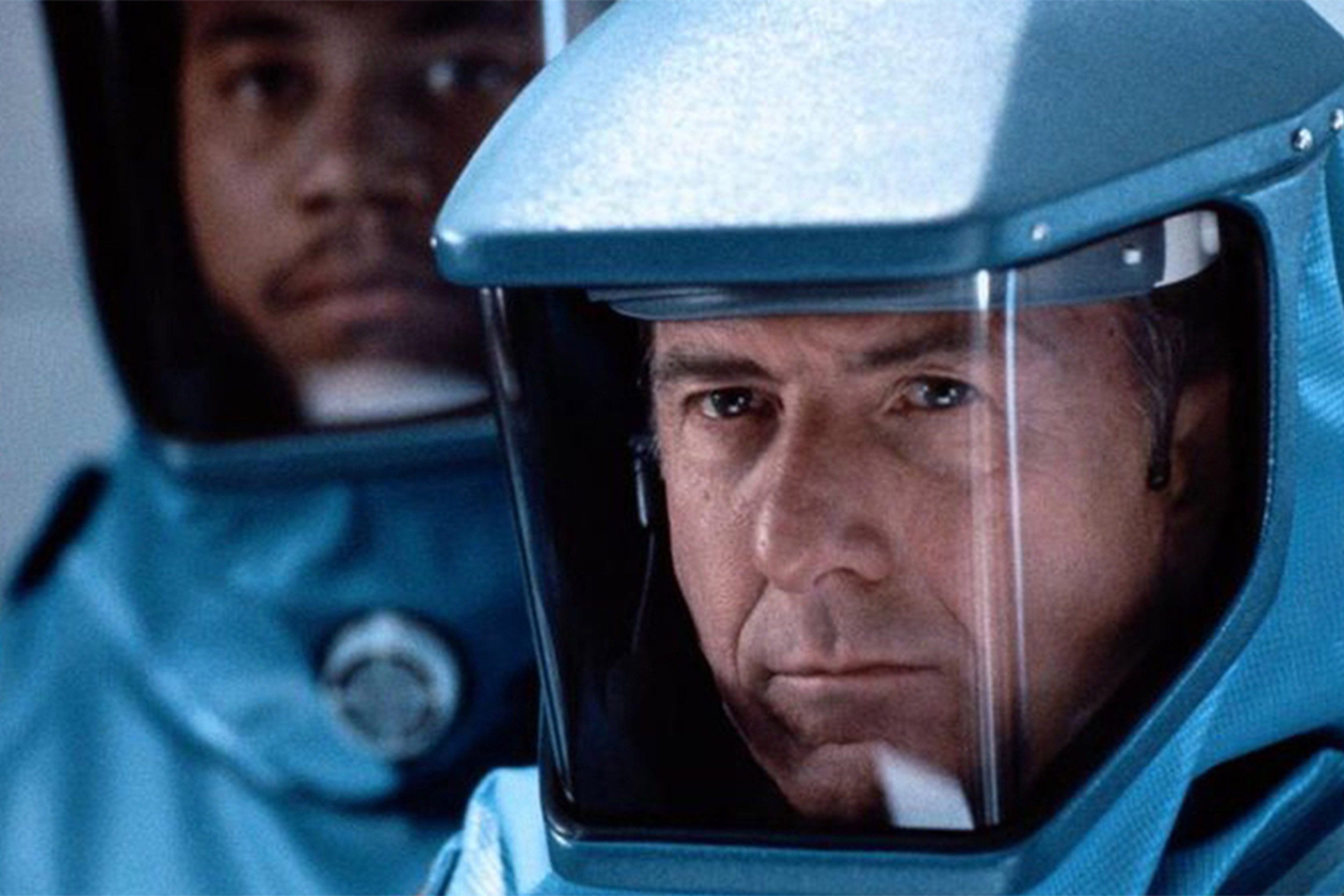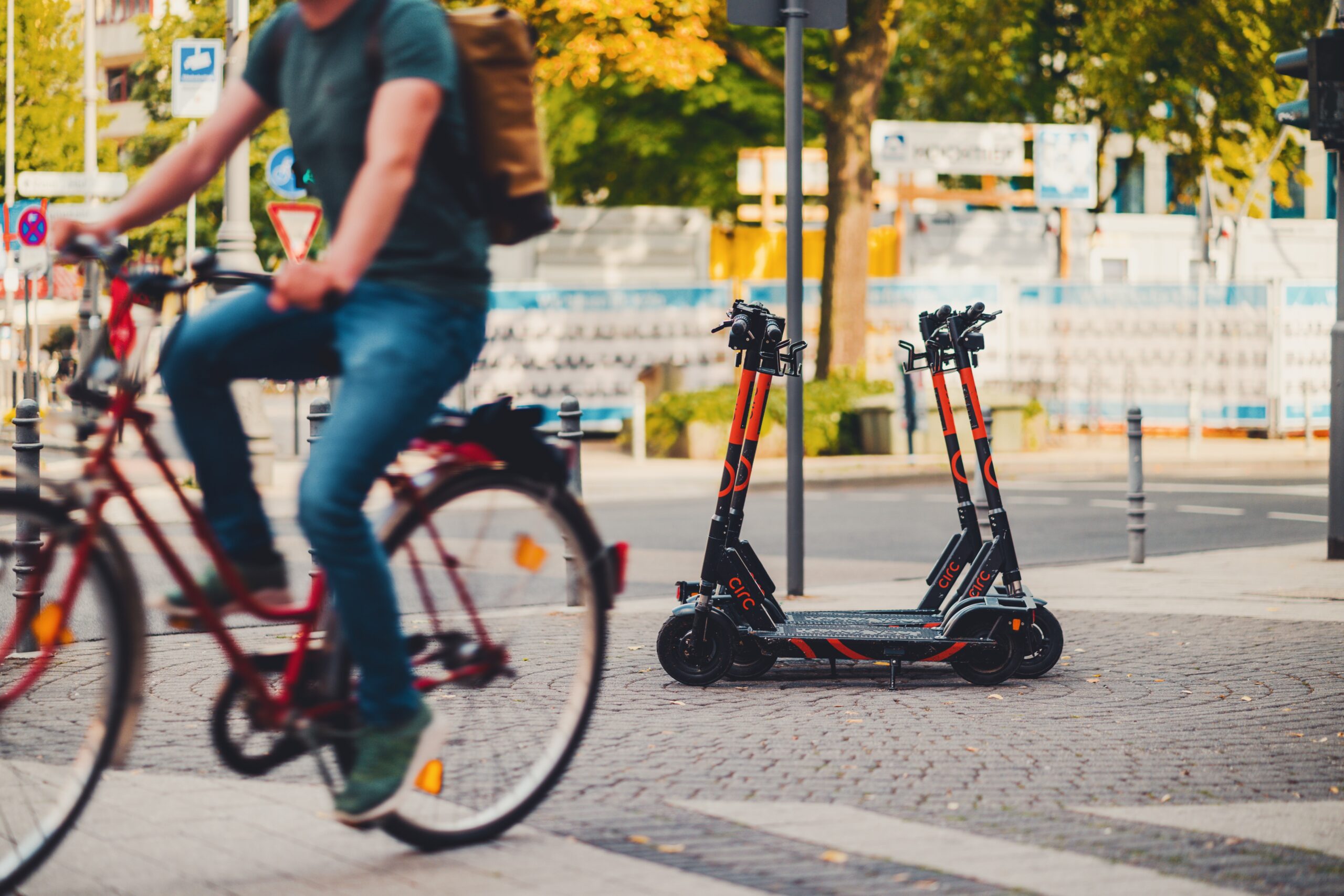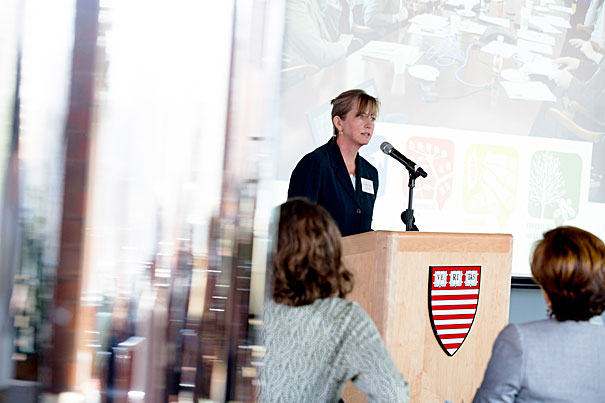Infrastructure
Infrastructure
We asked three Harvard experts to explain the basics of infrastructure to help inform the national conversation.
What is infrastructure?
Infrastructure is the kind of thing you should forget about.”
“Very often you’re reminded about the importance of infrastructure when it malfunctions.
“So, ‘infra’ meaning ‘under’ illuminates the idea that it’s a fundamental level that makes the deployment of activities possible.
“For example, road infrastructure enables circulation. Telephone networks enable phone calls.”
Antoine Picon is the G. Ware Travelstead Professor of the History of Architecture and Technology at Harvard Graduate School of Design.
Learn more about his course “Cities, Infrastructures, and Politics: From Renaissance to Smart Technologies.“
What is now considered infrastructure that the public might not realize?
Though most of the public might not think of it that way, communications is a major aspect of infrastructure.”
“Before the telephone and subsequent telephone switchboards and exchanges in the late 19th century, communication was cumbersome and the range restricted. As technology develops, new aspects of infrastructure bounce into notice.
“Until the early 1990s, most people hadn’t heard of the Internet, and most wouldn’t have considered it as a part of infrastructure.
“In 2020, during the pandemic, the Internet and Wi-Fi connections became essential to work, education, health care, and more.”
Rosabeth Moss Kanter is the Ernest L. Arbuckle Professorship at Harvard Business School.
Learn more about her book “MOVE: Putting America’s Infrastructure Back in the Lead.“
What is an infrastructure deficit?
Cities, states, and the federal government … have invested insufficiently in the physical infrastructure.”
“Bridges, roads, waterways and even hospital and school buildings have deteriorated. Governments reduce their capital budgets in time of scarcity.
“And even in good times these entities tend not to invest sufficiently in preventative maintenance.”
Stephen Goldsmith is the Derek Bok Professor of the Practice of Urban Policy at Harvard’s Kennedy School of Government.
Learn more about his book “The New City O/S: The Power of Open, Collaborative, and Distributed Governance.”
Could an infrastructure plan help with unemployment?
Infrastructure spending can reduce unemployment in several ways.”
“First are the direct jobs created when investments are made in maintenance and repair as well as adding new infrastructure, such as electric vehicle charging stations or new bicycle paths.
“Second are the indirect jobs created when businesses, including neighborhood small businesses, can reach new customers because of better Wi-Fi or faster deliveries, for example, and thus can expand their markets and hire more workers.
“Third are the ways that better infrastructure helps people get to a job in the first place.”
Rosabeth Moss Kanter, Ernest L. Arbuckle Professorship at Harvard Business School.
What is green infrastructure?
Green infrastructure could have three meanings.”
“One, it can refer to how we build—think using less asphalt and including more green in road designs and requiring better energy consumption in permitting building uses.
“Two, green includes the supports for a more sustainable economy—for example renewables.
“And three … better management of wastewater including planting green and adding ponds instead of allowing runoff which overflows sewers and damages rivers.”
Stephen Goldsmith, Derek Bok Professor of the Practice of Urban Policy at Harvard’s Kennedy School of Government.
We no longer live in a classic world where there’s nature on the one side and technology on the other.”
“We live in a techno-natural world. That means that, if we want to fight climate change, for example, we’ll have to use a combination of technology and nature.
“China, for example, has started using planted wet zones to deal with possible flooding. So, in many ways, we see the beginning of a blurring between nature and infrastructure.
“If we want to really fight against climate change we need to mobilize natural resources as well as artificial things. We need both.”
Antoine Picon, G. Ware Travelstead Professor of the History of Architecture and Technology at Harvard Graduate School of Design.
Potholes in the skies
Fixing America’s glaring infrastructure problems.
After World War II, the United States had one of the strongest systems of infrastructure in the world. Since then, the country’s infrastructure has been neglected and overburdened, and U.S. competitiveness is struggling as a result. In her new book “Move: Putting America’s Infrastructure Back in the Lead,” Professor Rosabeth Moss Kanter argues that the U.S. must reinvent how it thinks about and tackles travel and transport challenges.
On the wire
News from around Harvard University on the issues and solutions surrounding infrastructure.
Breaking down Biden’s infrastructure plan
Harvard analysts in economics and public policy call it a $2.3 trillion “generational” investment that will pay wide-ranging dividends.

Has the MBTA hit bottom?
As transit leaders implement an unprecedented shutdown, a Kennedy School analyst offers some advice: Stop fussing around the margins and think big.
Has the MBTA hit bottom?- Shipping infrastructure
Ports of entry are critical infrastructure
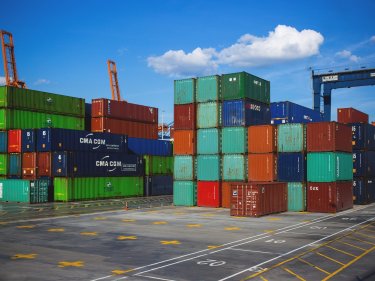
- Infrastructure equality
"In many places, such as Cleveland and other aging industrial cities, the old civic infrastructure disappeared when Fortune 500 companies moved away."
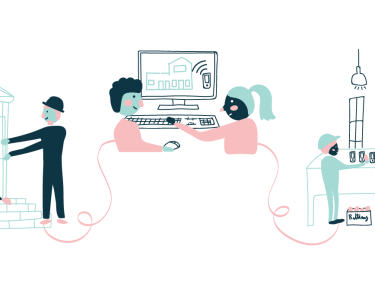
- Green Infrastructure
Advancing Green Infrastructure Program Wins Harvard's Roy Award for Environmental Partnership

- Stronger infrastructure
"… geometrically optimized to delay buckling, with huge implications for improved material use in modern infrastructural applications,”

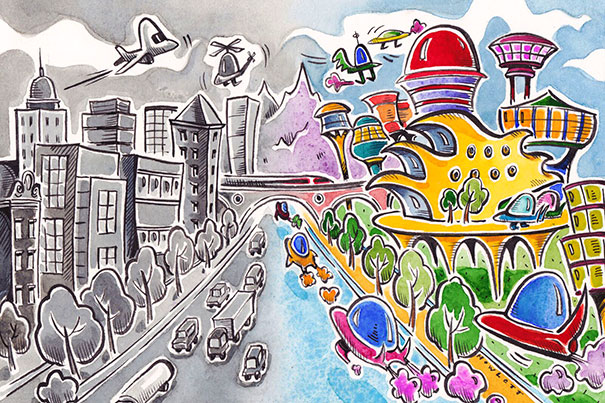
Our crumbling infrastructure
A primer on the full scope of our infrastructure deficit in America.
Our crumbling infrastructure- Competitive infrastructure
Supporting infrastructure, supporting US competitiveness
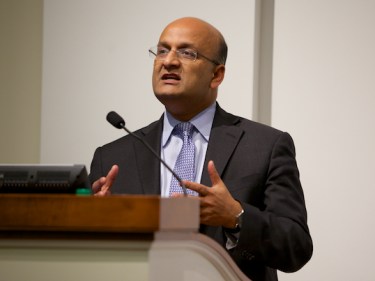
- Road infrastructure
"… rather than think of roads as free, we need to realize that significant resources go into the operation of the motor vehicle economy.”

YOU MAY ALSO LIKE





